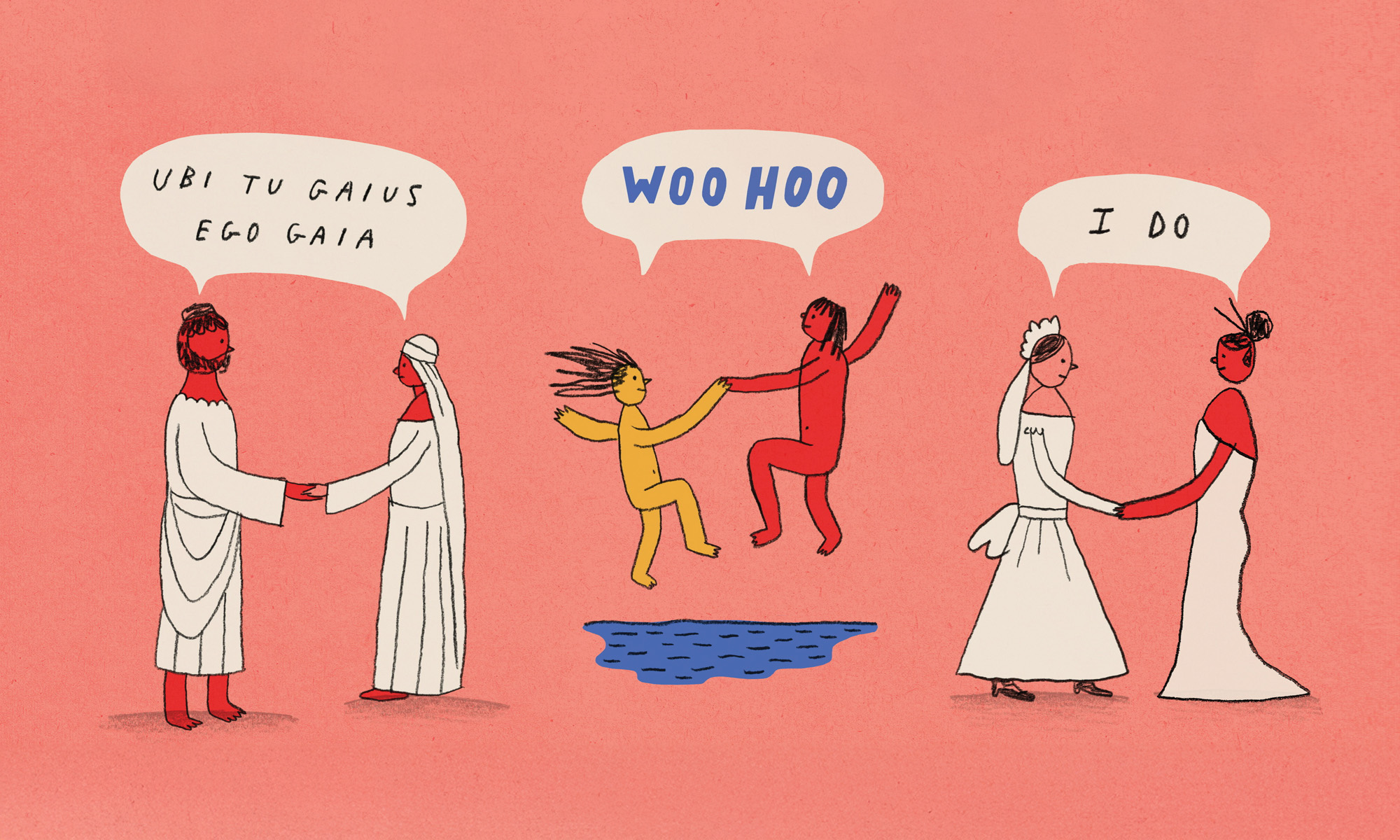An essay by Brenda Tesini, an associate professor of pediatrics and a pediatric infectious disease physician who treats patients at Golisano Children’s Hospital.
Have you ever seen a baby struggle to breathe?
When they inhale, you hear a high-pitched squeal, and the skin between their tiny ribs and collarbones sinks inward. They grunt as they exhale. Their nostrils flare. They’re lethargic and irritable. Sometimes, their lips turn blue.
It’s a harrowing sight, even for a seasoned infectious disease physician like me, who has treated hundreds of such cases. For parents of infants in respiratory distress, it’s terrifying.
The culprit in most of these scenes is respiratory syncytial virus, or RSV—a common seasonal infection that overwhelms pediatric wards across the US every fall and winter. The infection sends as many as 80,000 children under the age of five to the hospital each year and claims as many as 300 lives, according to the Centers for Disease Control and Prevention.

Last year, though, something extraordinary happened. As I donned a gown and gloves to visit a baby in the pediatric intensive care unit, I realized it was my first RSV case all week. Ordinarily during RSV season, I treat several children each day for weeks on end. Yet it was the middle of winter, and this little one was the only RSV patient on the unit.
What happened? Science intervened. In 2023, the Food and Drug Administration approved two preventive measures for RSV that were game changers. The first was a maternal vaccine, given to pregnant women in the third trimester to pass immunity to their newborns. The second was nirsevimab, a monoclonal antibody shot for infants under eight months who aren’t protected by the vaccine and for certain high-risk babies entering their second RSV season.
The results have been dramatic. Within two years of introduction, RSV hospitalizations among infants under three months dropped by half nationwide. In New York, they declined by 70 percent last season.
That’s no small success. Most people experience RSV as a mild cold, but for babies it can be deadly or leave lasting respiratory problems such as wheezing and asthma. Preventing even a fraction of these cases represents an enormous step forward in child health—and one that reminds me of another milestone in pediatric medicine.
When I was in training, older physicians described how, before the Haemophilus influenzae type b (HiB) vaccine, babies routinely came into the hospital with meningitis. Residents then performed spinal taps to diagnose the infection so often that the procedure was practically a rite of passage. By my time, the infection had become so rare that it was hard for residents to get experience performing the test.
That’s my hope for RSV—that physicians in training today will speak of it only as a thing of the past.
We are close. In addition to the maternal vaccine and nirsevimab, a second monoclonal antibody, clesrovimab, has now received FDA approval and CDC recommendation. Nirsevimab itself has proven to be over 80 percent effective in preventing hospitalizations with no serious side effects. The challenge now is awareness. Families and clinicians must recognize that RSV is not just another cold and that these preventive options save lives.
By the end of last RSV season—the first when both products were widely available—just over half of all infants in the US had been protected through either maternal vaccination or antibody therapy. Full uptake could prevent an estimated 20,000 hospitalizations this season alone.
The science that made this possible didn’t appear overnight. It represents decades of research at the University of Rochester and other institutions committed to understanding and combating respiratory viruses. Together, we’ve delivered solutions for the primary reason babies are hospitalized.
We can put RSV behind us by following the recommendations of the American College of Obstetricians and Gynecologists and the American Academy of Pediatrics that pregnant women and babies get the vaccine and antibody therapy.
The economic benefits of keeping babies out of the hospital are nothing to sneeze at, either. Studies estimate the medical costs of hospitalizations for RSV to be more than $750 million each year. For me, the financial incentive is just a bonus. My prize would be never again having to watch a baby struggle to breathe.
This story appears in the fall 2025 issue of Rochester Review, the magazine of the University of Rochester.




